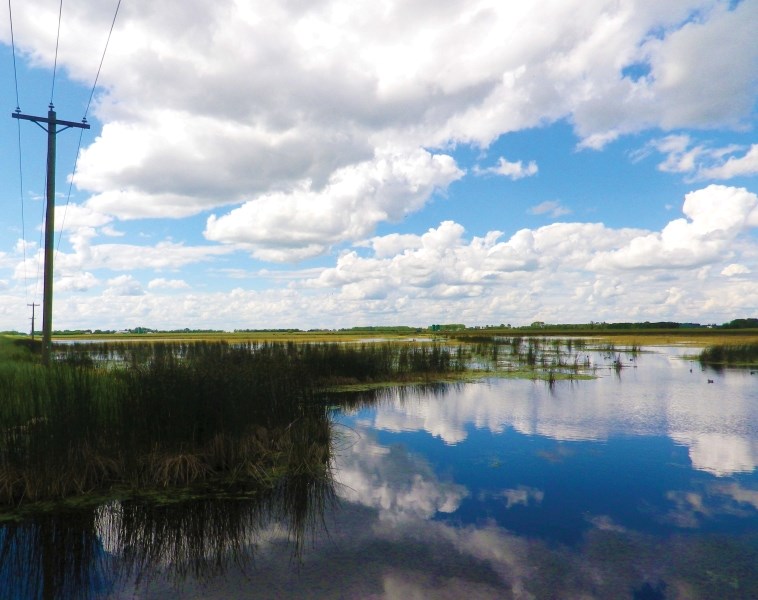After eight years of talks and discussions, the provincial government released details of its new Alberta Wetlands Policy to the public earlier this month, and many organizations and individuals are concerned with Alberta Environment and Sustainable
After eight years of talks and discussions, the provincial government released details of its new Alberta Wetlands Policy to the public earlier this month, and many organizations and individuals are concerned with Alberta Environment and Sustainable Resources Development's flexible approach to conservation indicated in the policy thus far.
The province appears to be moving away from the idea of a no-net loss principle that would have required businesses, specifically oil companies, to replace any piece of wetland it destroyed, in favour of a more relaxed and flexible policy, which several environmental organizations have voiced their displeasure with.
"The Alberta government spent eight years on this policy and there's still a lack of detail on how it will work," said Simon Dyer of the Pembina Institute, speaking with media earlier this month.
According to Dyer, it will be a further two years until the new policy, which highlights four key factors designed to conserve, restore, protect and manage Alberta's wetlands, comes into effect in the oilsands and he believes that means even more projects will be approved with no wetland policy in place.
"The policy needs to be in effect today, because ironically we stand to lose more wetland while we're waiting for this process to evaluate each wetland," Dyer said, who also pointed out that over 300,000 hectares of wetlands were under threat from current and planned oilsands developments in northeastern Alberta.
The idea for the policy came about due to concerns over the impact oilsands developers and other industries were having on wetland areas. According to the policy, developers would be asked to avoid or minimize having a negative impact on wetland areas. Should they fail to do that, the developers could they be asked to replace a wetland near the original area or pay into a public education fund.
Jennifer Grant, Oilsands Program Director at the Pembina Institute, also raised some concerns over the new policy, advising the provincial government to release more details confirming whether or not all planned and approved oilsands projects would be subject to the policy and that there would be no exceptions made for oil companies.
"Alberta needs to implement a policy that requires urban and industrial developers to restore a wetland every time a wetland is destroyed," Grant said.
"This is called a no-net loss policy and was recommended by the Alberta Water Council in 2008."
Minister of Environment and Sustainable Resource Development (ESRD) Diana McQueen indicated the new policy calls for the consideration of several environmental, social and economic factors when it comes to making decisions on whether or not to preserve a wetland.
"There will be areas where economic opportunity will happen and be developed and we'll try to mitigate those as much as possible and whenever possible, or alternatively the wetland will have to be restored in another area," McQueen said.
Both Wildrose critic Joe Anglin and New Democrat Environment critic Rachel Notley criticized the new policy, with each believing it could open the door for oil companies to buy their way out of trouble rather than trying to protect wetland areas.
"This policy is flexible, unclear and discretionary and opens the door for further loss of wetlands," Notley said.
